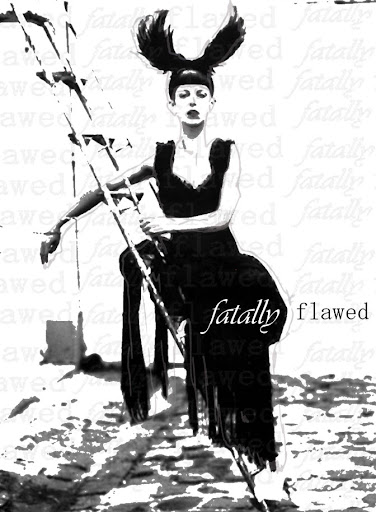The following year it looked as if Blow’s luck was finally turning after years of a turbulent childhood and a disappointing few years. She was offered the job of Fashion Director at The Sunday Times Style Magazine and signed a six-year consultant contract with Swarovski crystals. For her upcoming fortieth birthday, she opened a modern art gallery in London ’s East End so that her husband could leave his job and follow his dreams. Disappointingly, the gallery did not succeed as the couple had hoped and Blows severe manic depression was becoming increasingly more noticeable. In the same year she was sacked from The Sunday Times due to complaints she was producing shoots of totally unwearable clothes and as her depression took over her body she became increasingly more difficult to live with. This disastrous month for Isabella also brought some other fatal news, her husband’s estate, which she had grown incredibly attached to, was repossessed by Detmar’s mother and given to his sister, despite all the work Isabella had put into refurnishing the mansion. It was at this point in Blow’s life which was described as “the beginning of the end for Isabella” as she would become increasingly extravagant, it was becoming more and more obvious she was using her exhibitionist behaviour to conceal the deeper problems in her life.
By spring 2007, after several stints in different psychiatry hospitals it seemed as though it would only be a matter of time until Isabella succeeded in killing herself. One of her first attempts was by taking an overdose, while one of her most horrific attempts was later that year. Resulting in her ankles being smashed after jumping from the elevated section of the A4 at Ealing. Her friends and companions all attempted to try to help her but nothing seemed to work. When Detmar Blow later discovered his wife’s letters she had written earlier on in that fateful day, she made precise bequests addressed to godchildren, her two sisters, Philip, her husband and other close friends. There was no mention of McQueen among any of her letters.
Isabella Blow appears to be the perfect example of what it means to be sucked in, torn up, and spat back out of an industry, of which she famously helped shape in her turbulent and eccentric life.










